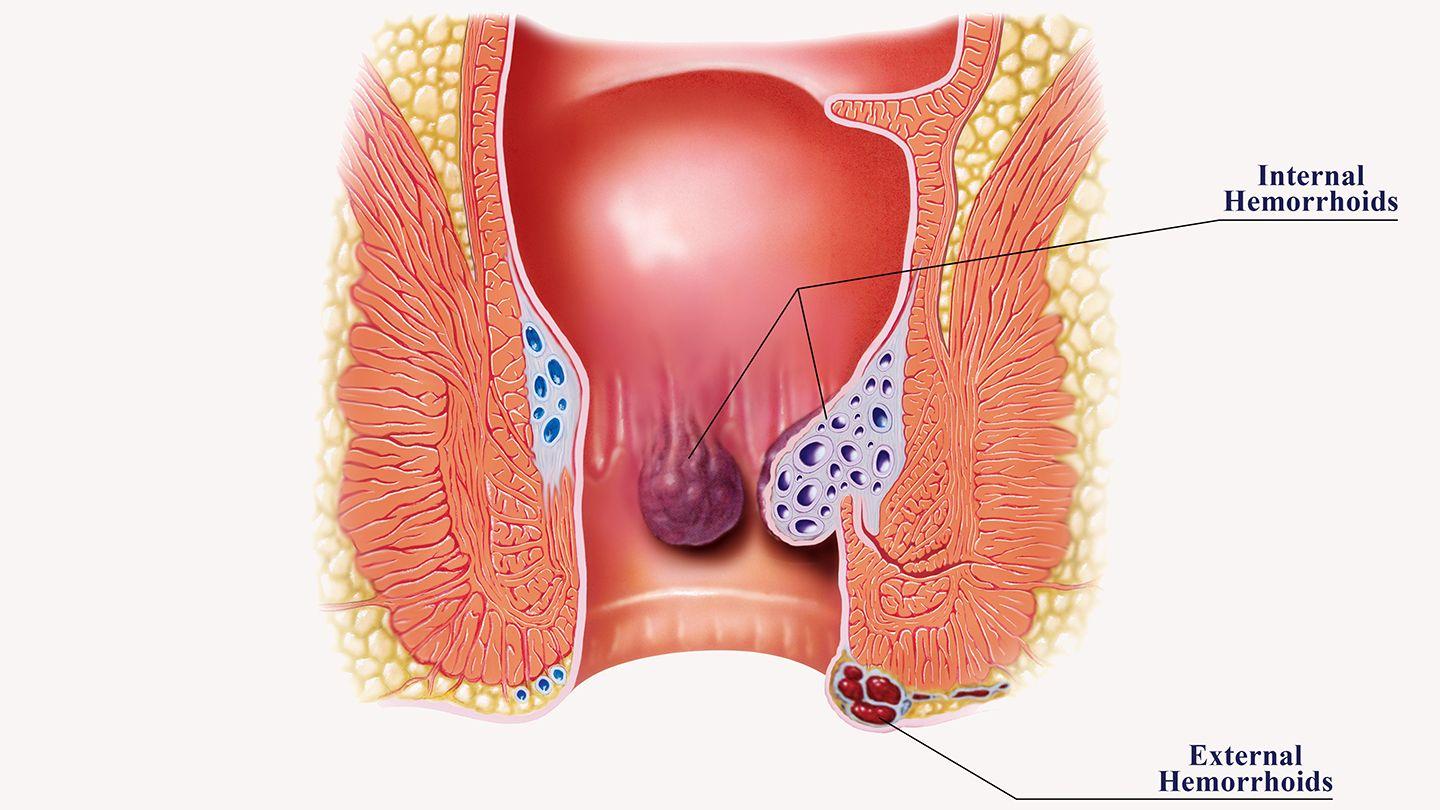
What is the difference between external and internal hemorrhoids?
Understanding Hemorrhoids: Symptoms, Causes, and Treatment Options
Hemorrhoids, often referred to as piles, are swollen veins in the lower rectum and anus. They are a common condition that affects millions of people worldwide. While they can be uncomfortable and at times painful, understanding the symptoms, causes, and treatment options can help individuals manage this condition effectively.
What Are Hemorrhoids?
Hemorrhoids can be classified into two main types:
- Internal Hemorrhoids: These are located inside the rectum and are typically painless. However, they can bleed during bowel movements.
- External Hemorrhoids: These develop under the skin around the anus and can be painful, especially if a blood clot forms.
Symptoms of Hemorrhoids
Common symptoms of hemorrhoids include:
- Bleeding during bowel movements
- Itching or irritation in the anal region
- Pain or discomfort, especially when sitting
- Swelling around the anus
- A lump near the anus, which may be sensitive or painful
Causes of Hemorrhoids
Several factors can contribute to the development of hemorrhoids, including:
- Straining during bowel movements: This is often due to constipation or diarrhea.
- Pregnancy: Increased pressure in the pelvic area can lead to hemorrhoids.
- Obesity: Excess weight can put pressure on the veins in the rectal area.
- Prolonged sitting: Especially on the toilet, can increase the risk of developing hemorrhoids.
- Age: The risk of hemorrhoids increases with age.
Treatment Options for Hemorrhoids
Treatment for hemorrhoids can vary depending on the severity of the condition. Here are some common treatment options:
Home Remedies
- Warm baths: Soaking in warm water can relieve discomfort.
- Cold compresses: Applying cold packs can reduce swelling.
- Over-the-counter creams: Creams containing hydrocortisone can soothe itching and pain.
- High-fiber diet: Eating fruits, vegetables, and whole grains can prevent constipation.
Medical Treatments
If home remedies do not provide relief, medical treatments may be necessary:
- Sclerotherapy: A chemical solution is injected into the hemorrhoid to shrink it.
- Rubber band ligation: A rubber band is placed around the base of the hemorrhoid to cut off its blood supply.
- Hemorrhoidectomy: Surgical removal of severe hemorrhoids.
Benefits of Early Treatment
Addressing hemorrhoids early can prevent complications and improve quality of life. Some benefits of timely treatment include:
- Relief from pain and discomfort
- Prevention of further complications, such as prolapsed hemorrhoids
- Improved bowel habits and overall gastrointestinal health
Practical Tips for Managing Hemorrhoids
Here are some practical tips to manage and prevent hemorrhoids:
- Stay hydrated: Drink plenty of water to keep stools soft.
- Exercise regularly: Physical activity can promote regular bowel movements.
- Avoid prolonged sitting: Take breaks to stand and stretch, especially during long periods of sitting.
- Do not delay bowel movements: Responding to the urge can prevent straining.
Case Studies: Real-Life Experiences with Hemorrhoids
Many people have shared their experiences with hemorrhoids, shedding light on the emotional and physical impacts of the condition. Here are two brief case studies:
| Case Study | Symptoms | Treatment | Outcome |
|---|---|---|---|
| John, 35 | Bleeding & discomfort | High-fiber diet & warm baths | Successful recovery |
| Linda, 28 | Severe pain & swelling | Rubber band ligation | Pain relief within days |
Conclusion
Hemorrhoids are a common condition that can cause discomfort, but they are manageable with the right knowledge and treatment. By understanding the symptoms, causes, and treatment options, individuals can take proactive steps to address their hemorrhoids effectively. Remember, if you experience severe symptoms or if home remedies do not provide relief, consult a healthcare professional for tailored advice and treatment. Early intervention can lead to better outcomes and improved quality of life.
